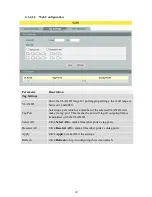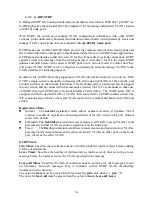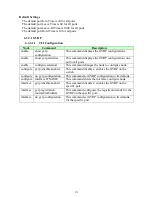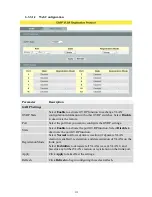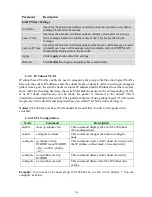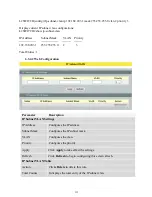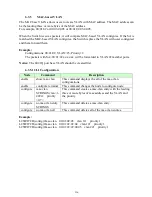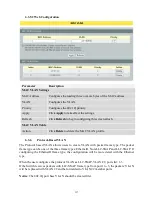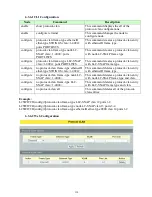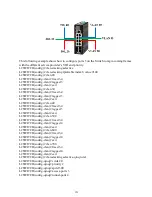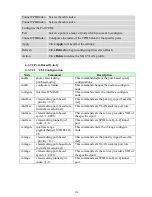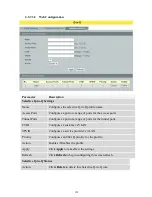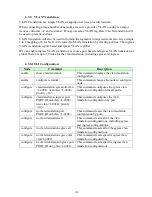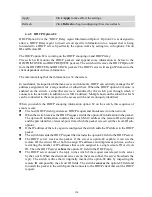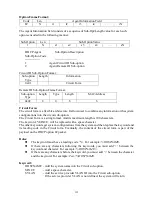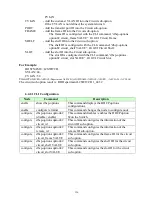
121
frame is treated as "untagged", so a second VLAN tag (outer VLAN tag) can be added.
Select
Tunnel Port
for egress ports at the edge of the service provider's network. All
VLANs belonging to a customer can be aggregated into a single service provider's VLAN
(using the outer VLAN tag defined by SP VID).
Note:
In order to have the double tagged frames switching correctly, user has to configure a
service provider’s VLAN (SPVLAN) on the Q-in-Q switch. Then, the double tagged frames can
be switched according to the SP VID. The SPVLAN should include all the related Tunnel and
Access ports. Also, user has to configure the Tunnel posts as tagged ports and the Access ports
as untagged ports.
Port-Based Q-in-Q
Q-in-Q encapsulation is to convert a single tagged 802.1Q packet into a double tagged Q-in-Q
packet. The Q-in-Q encapsulation can be based on port or traffic. Port-based Q-in-Q is to
encapsulate all the packets incoming to a port with the same SPVID outer tag. The mode is more
inflexible.
In the following example figure, both
X
and
Y
are Service Provider’s Network (
SPN
) customers
with VPN tunnels between their head offices and branch offices respectively. Both have an
identical VLAN tag for their VLAN group. The service provider can separate these two VLANs
within its network by adding tag
100
to distinguish customer
X
and tag
200
todistinguish customer
Y
at edge device A and then stripping those tags at edge device B as the data frames leave the
network.
This example shows how to configure switch A with ports 1 on the Switch to tag incoming frames
with the service provider’s VID of 200 (ports are connected to customer X network) and
configure port 7 to service provider’s VID of 100 (ports are connected to customer Y
network).This example also shows how to set the priority for port 1 to 3 and port 7 to 4.
Summary of Contents for NGI-M08C4POE8-2
Page 1: ......
Page 197: ...197 Clear Clear the statistics of the valn ...
Page 298: ...298 9 2 2 Web Configurations ...

